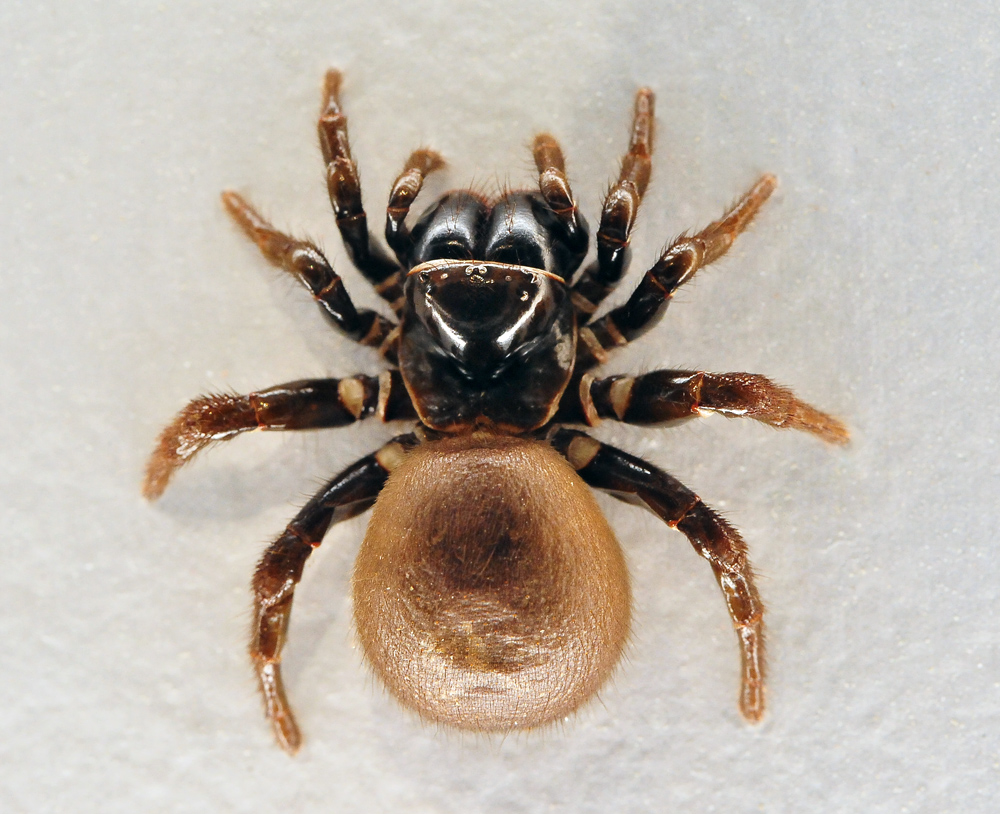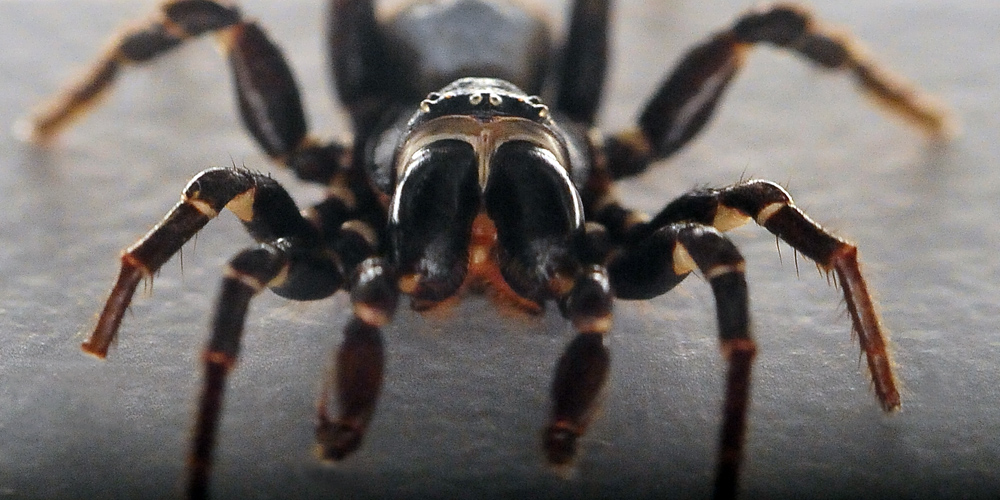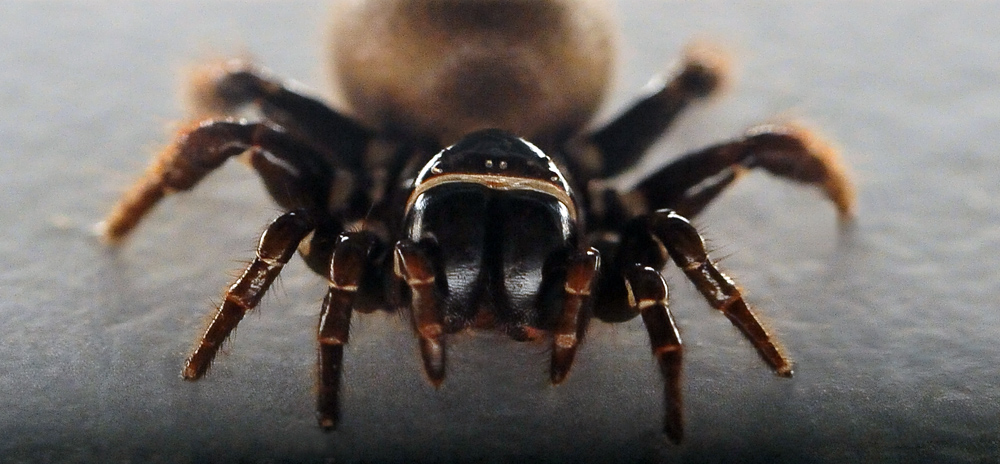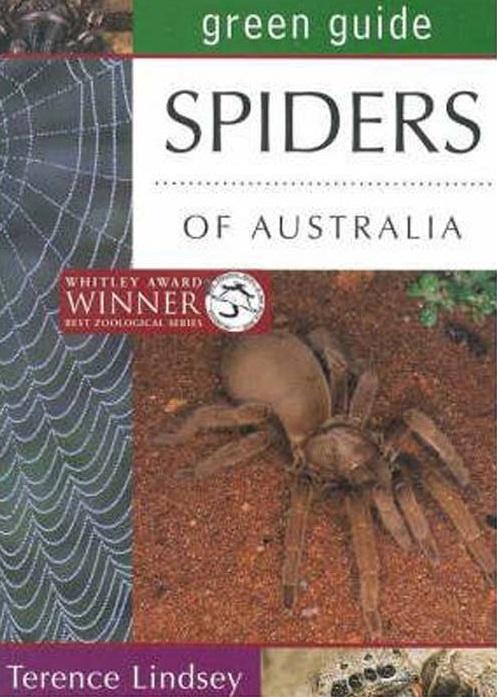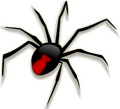
|
Eastern Mouse Spider
Missulena bradleyi
Danger: Other Names: Bradley's Mouse Spider Family: Actinopodidae (Mouse Spiders) Size: Male body 14 mm, Female body 20 mm Distribution: Habitat: References: Whyte and Anderson About the Eastern Mouse SpiderEastern Mouse Spiders are smaller but look even more stockily built than funnel webs and trapdoor spiders. They look like the spider equivalent of the short guy who spends hours a day in the gym. They have absolutely massive fangs and fang bases compared to the size of the rest of the spider. I used to think that if they were larger, they might win a vote for the most frightening-looking of all spiders. Though now, after editing the up-close photos, I think their small narrow-spaced eyes make them look a bit goofy, and less scary than how I used to think of them. Note that living mouse spiders would look blacker than the pictures of dead ones here, which would make them look more scary. In the summer of 2015-16 a friend was sitting on her lounge feeding her young child..... when she was absolutely terrified to feel, and then see, a large black funnel-web-like spider crawling along her upper arm. She flicked it off her onto the floor and her husband caught it in a jar. The Australian Museum confirmed that it was an Eastern Mouse Spider. At least it wasn't a funnel web! If I remember correctly, it had been raining a lot and the mouse spider probably came inside to keep dry. Danger: Eastern Mouse Spiders can be deadly though it's much less likely than for a funnel web. Apparently they are not that agressive towards people. They do sometimes bite when disturbed, but they only rarely inject venom when they bite humans. Presumably they're conserving their venom, which they need to catch their prey. Their venom is somewhat similar to funnel web venom. Note that dead spiders usually fade in colour, so nearly all the spiders will look blacker or darker in colour in real life than they do in the photos of dead spiders from the museum.
Recommended ReadingSee Also
Australian Mammals Share This Pageaustralian eastern funnel mouse museum spider spiders sydney Content is copyright © Survive.au 2005-2025 All Rights Reserved. Terms of Use. Definitely read the disclaimer before trying anything from this website, especially including the practices and skills. This website uses affiliate links – this doesn't cost you any more, but I get a commission on purchases made through the website. As an Amazon Associate I earn similarly from qualifying purchases. |



